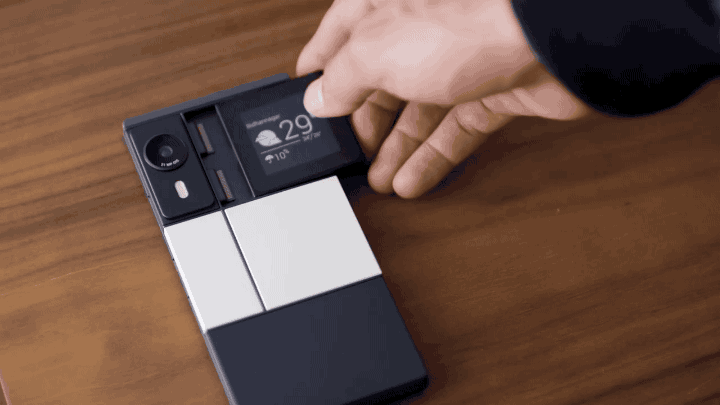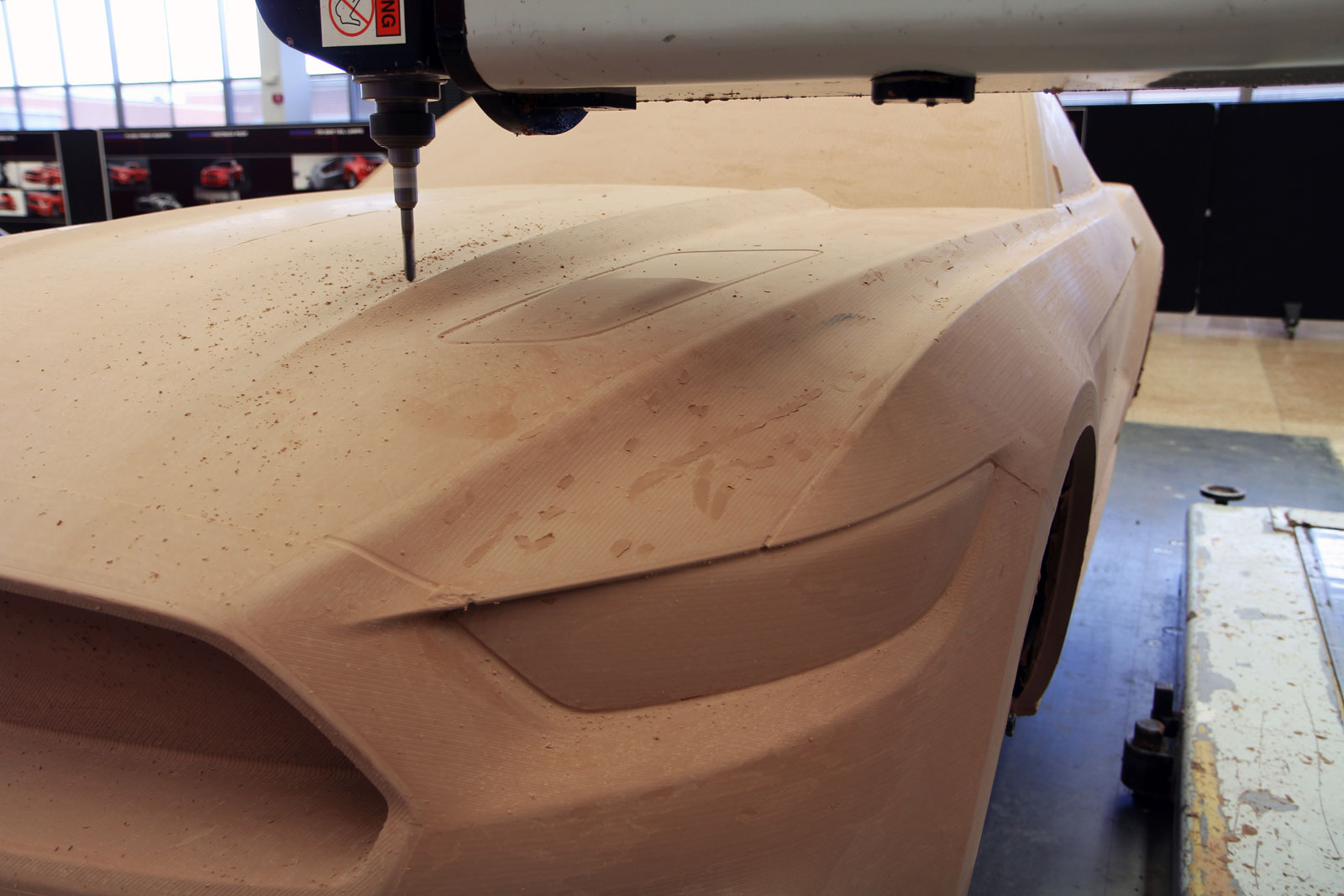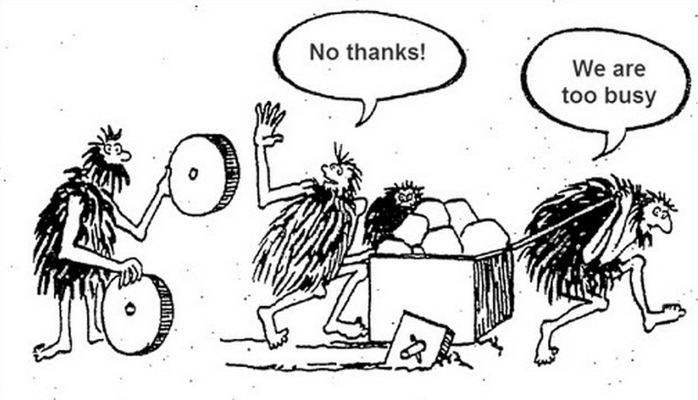How To Invent Something Like Creative People Do
Inventing something is not easy but it’s not that hard either. The only thing that is standing between a normal person and an inventor is the execution of ...

Inventing something is not easy but it’s not that hard either. The only thing that is standing between a normal person and an inventor is the execution of the ideas.
The process of invention is simple
- Have an idea
- Pen it down
- Research
- Execute
It is important that you try.
Creative Way Of Thinking Births Invention

- Give yourself time for spontaneous activities. Put away the phones and sit alone in your room with a few, like musical instruments and arts and craft supplies, each day. You'll be forced to find creative ways to pass the time, rather than relying on structured recreational activities like video games, social media, and watching T.V shows.
- Read for pleasure. People who read a lot for pleasure tend to be vastly more creative than non-readers.
- Do artistic activities. Paint, color, sculpt, write a poem, or do anything else that encourages creative thought.
Research Your Idea From A Legal And Business Standpoint

Complete an initial patent search. Just because you haven't seen your invention doesn't mean it doesn't already exist. Before you hire a patent attorney or agent, complete a rudimentary search for free at official government websites, make sure no one else has patented your idea.
You should also complete a non-patent "prior art" search. If you find any sort of artwork or design related to your idea, you cannot patent it--regardless of whether a prior patent has been filed.
Research your market. Sure, your friend thinks your idea for a new lawn sprinkler is a great idea, but that doesn't mean your neighbor would buy one.
More than 95 percent of all patents never make money for the inventor. Before you invest too much time and money into patenting your invention, do some preliminary research of your target market. Is this something people will actually buy? Once you know there's a market, make sure your product can be manufactured and distributed at a low enough cost so that your retail price is reasonable.
You can determine these costs by comparing those of similar products currently on the market. This will also help you size up your competition--which you will have, no matter how unique you think your invention is.
Know What The Market Needs

Think about what market you're interested in. This would be a good place to start, as you already have some working knowledge of that field. For example, maybe you're interested in smartphones and electronics. Think about items like the Android and IOS. What makes these items desirable?
- Tap into what consumers want in a given market.
- Do people want to better themselves? Do they want entertainment, convenience? Each time you see someone enjoying a product or service, stop and ask yourself, "Why does this person use this service? What about this product is enjoyable to this person? What need is being met here?"
- Think about common complaints people have. Take a smartphone for example, what do your friends complain about regarding their iPhones? What features do they want that are not currently provided by Apple?
- You can try asking friends to ascertain what's missing. For example, ask your friend, "If you could change one thing about your iPhone, what would you change?" The answer could give you an idea for an invention for the phone industry.
Build A Prototype

A prototype is a model of your invention that puts into practice all of the things you have written in your inventor's journal. This will demonstrate the design of your invention when you present it to potential lenders and licensees. Do not file a patent before you have made a prototype. You will almost always discover a flaw in your original design or think of a new feature you would like to add.
If you patent your idea before you work out these things, it will be too late to include them in the patent and you will risk losing the patent rights of the new design to someone else.
- Begin with a drawing. Before you begin the prototyping phase, sketch out all of your ideas into your inventor's journal.
- Create a concept mockup out of any material that will allow you to create a 3D model of your design.
- Once you're satisfied with the mockup, create a full-working model of your idea. There are many books and kits that can help you create prototypes. If your invention is something that will cost a lot of money or is unreasonable to prototype (like a Hybrid Car or a new boutique smartphone), consider using a computer-animated virtual prototype.
Or Reinvent Existing Products

People sometimes can be rigid and obstinate, which can prove to be your golden opportunity to turn the unturned stones.
Some of the greatest inventions are simply expansions or innovations on existing products. Can you think of a new spin on an existing product or service? Can you find a way to make a long-standing, successful invention more convenient and desirable? If so, this may be a great product to try to invent and sell.
Popular Posts
9 Most Popular Poem on Perseverance
Poems are a way to express feelings in the form of verse. Some poems are written in such a way that tells us where we are and wh...
Augustus Perez
These 13 Paintings Convey Deep Meanings In The Most Extraordinary Way
Pictures speak a thousand words for those who understand its language. But an art that depicts the same is rare to confront. Fre...
Swati Bhandari
Phoenix Bird And Its Popular Culture Adaptations
In Greek mythology, the Phoenix is a creature that resurrects from its ashes after it has ceased to exist in a show of flames. I...
Kevin Green








